You’re in a circle, running around and bumping into people with the beat of hardcore bass and percussion surrounding you, syncing with the beat of your heart. You feel a sense of violence, and yet safety. All your pent-up rage from yesterday begins to pour out; you feel yourself forget arguments you had with your coworkers, or the piles of homework on your desk. You let yourself enjoy the music for a couple of hours with strangers that somehow– in a few hours– became family.
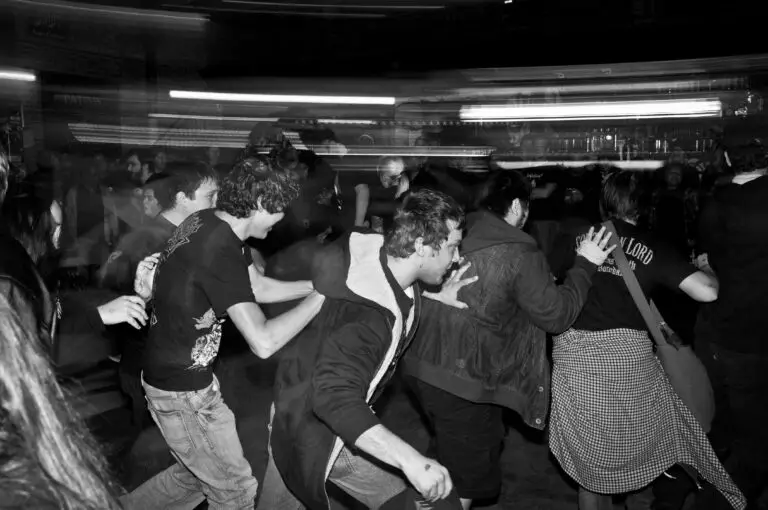
Moshing, where people in the crowd of a concert run and slam into each other in beat with the music, has been around since the early 80s– but its origins can be traced back to Skanking in the late ’50s and ’60s. Originally called “mashing” in fanzines, it was still pronounced “moshing,” and ultimately stayed that way. There is no definitive origin to the term, or credit for its invention. These mosh pits started at high energy punk concerts. The anarchic nature surrounding the music made the fans need to release their energy somehow– thus, moshing came into the spotlight.
But, you can’t talk about moshing without mentioning the history of punk rock; moshing wouldn’t exist without it.
Punk rock is defined by its unique sound, fashion, and behavior. Typical punk rock is made up of fast tempos, nasal or shouted vocals, black clothing with shocking colorful and spiky hair, with an anti-establishment “stick-it-to-the-man” attitude.
Punk rock has roots in garage rock way back in the ‘60s, preceding the hippie era, and as a movement to rebel against the change in rock n’ roll– how it became more “commercial” and “bloated.” It was the beginnings of other musical genres such as hardcore punk, pop punk, and even Christian punk. But they ALL started as punk rock.
Punk rock was picked up quickly by fans but also musicians because of the overall anarchical vibe: it disregarded musical and social rules, leaving a great deal of freedom for experimentation on numerous fronts.
While it’s hard to pinpoint exactly where punk rock began, there are bands that are absolutely monumental in the punk rock origins, such as The Stooges (or Iggie and the Stooges), MC5, The Velvet Underground, and The Sex Pistols.
The band that is best known as the creator of punk rock is The Stooges– where, in Detroit on Halloween night 1967, Iggy Pop performed what would become common punk behavior. In fact, some fans thought he was possessed– likely because he cut himself with glass, flashed the crowd, and even smeared his chest with hamburger meat and peanut butter. Iggy is also credited with integrating stage diving into hardcore concerts, which later spread to all types of music. But, while The Stooges are credited in the early beginnings of punk rock, they did not have all the requirements to be a punk rock band– sound, fashion, and behavior. Regardless, their actions on that Halloween night started a movement that influenced numerous bands, and also had parents thinking their children were devout Satan worshippers.

When people think of punk rock, if they don’t think of The Stooges, they think of MC5. They started playing together in Lincoln Park, and were automatically put into the “garage rock” category. However, due to their eclectic performances, they stood out to people as being something entirely different and new.
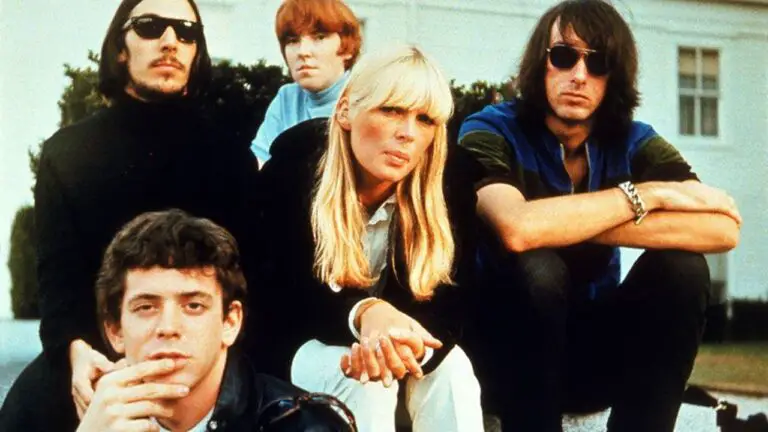
The Velvet Underground then took up NYC with their bold and experimental sound in the early ‘70s– “experimental” because many people said their music bordered on noise.
Glam Rock also had immense influence over the punk rock genre, such as David Bowie and the New York Dolls. This genre contributed greatly to the aesthetic and lifestyle of artists in punk rock, such as dressing outrageously, living extravagantly, and producing loud, trashy rock.
The first concrete punk rock scene– where it was purposeful and not accidental– was in the mid ‘70s with The Ramones, Wayne Country, Johnny Thunders and the Heartbreakers, as well as Blondie and the Talking Heads, all playing at CBGB.
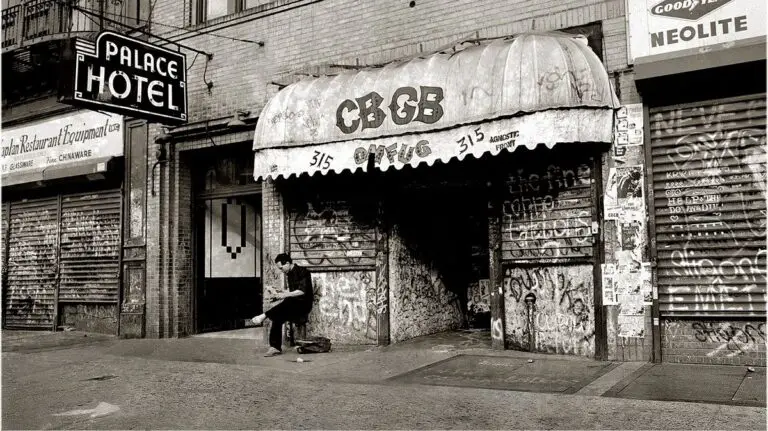
But punk is not all-american. There were big influences in the UK as well from The Strand, formed in 1972, later renamed to the Sex Pistols in 1975 with the arrival of John Lydon. The Sex Pistols are credited with kicking off the punk movement in the UK.
The Sex Pistols’ lone album reached number one in the UK charts, and was known as one of the most censored records in history, due to the song “God Save The Queen” – many calling it “treason.” While this would be devastating for most bands, it actually worked precisely the way they had hoped, as the negative press that they accumulated worked in their favor to sharpen their anti-establishment lyrics and attitude.
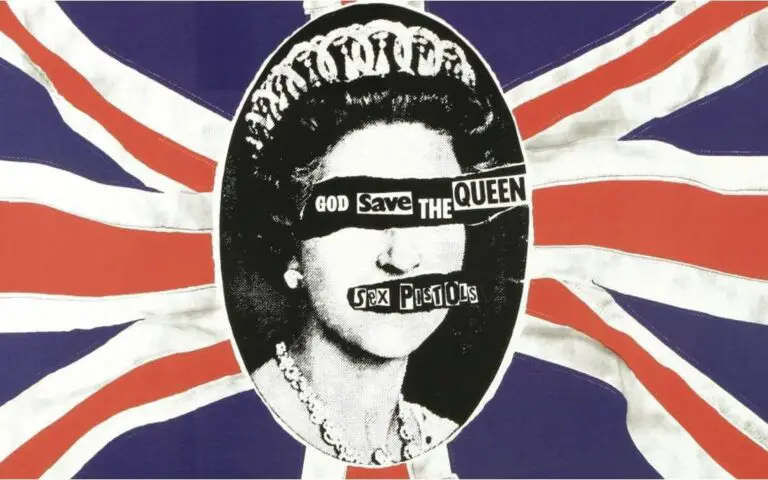
In the late ‘70s, punk rock emerged as a solid musical force, and split into many genres including horror punk, hardcore punk, pop punk, psychobilly punk, Christian punk, Celtic punk, cowpunk, death rock, emo, gypsy punk, hardcore, street punk, and many more.

Moshing typically emerges in a crowd during punk rock concerts, as well as metal and hardrock. With all the energy that builds up at concerts such as these, everyone needs an outlet to let out their energy in a (mostly) safe manner. Pits form where people slam into each other, on beat with the music, while also dancing and singing/screaming.
The first mosh pits formed in the early ‘80s hardcore punk rock scene, and more followed in hardrock and metal scenes. They later spread to grunge and rock concerts, and in recent years, they even started in hip hop and rap.
Moshing actually took a while to become what it is today. It can be traced back to skanking, created by the Rude Boys of Ska and Reggae music in the late ‘50s and ‘60s.
After skanking came the Pogo, invented by punks in the ‘70s in the UK. This dance is where fans jump up and down, and lightly bump into each other. It likely started at a Sex Pistols concert, where no one could see the band, so they started jumping up and down to see the Sex Pistols– then everyone started doing it, and the short-lived Pogo was born.
After all of this, moshing finally came to life. Originally “mashing,” it’s when people start getting “mashed together” as they jump and move all over in a pit.
There are two types of moshing, starting with the well-known circle pit, where people run along the edge, leaving the middle open. In fact, this is seen as a tame version, as the other type of moshing is called The Wall of Death– where two groups line up and slam into each other. More brutal than the circle pit, The Wall of Death dates back to the ‘80s pun scene, emerging as a variant of the circle pit, said to be invented by the American hardcore punk band Sick of it All– but like punk rock itself, the origin is debated.
When you see moshing, whether on a video or in-person– though it’s SURREAL to see in real life– you may think “that looks really scary and dangerous.” And if moshing is done wrong, yes, it can be. The ideal mosh pit is safe and welcoming, with people helping each other up when they fall, and being aware of who is in the ring and who isn’t.
This writer’s experience with moshing thus far has been a good one. At The Interrupter’s Concert at the Stone Pony in Jersey, I stayed on the outskirts and kept people in, or helped them when they wanted to get out. If anyone had accidentally hit me, they apologized immediately. Memorably, a big, burly dude dressed in black from head-to-toe stepped in front of me to make sure no one knocked me down. Everyone dressed like they could kill, but everyone made me feel welcomed and safe.
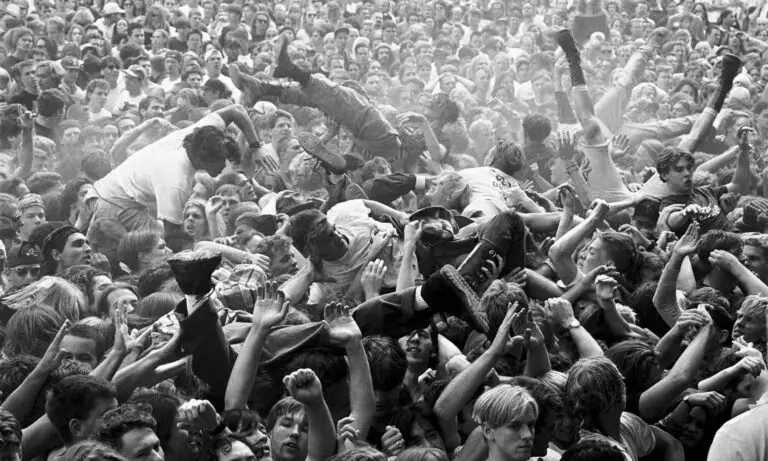
That being said, moshing is not always that welcoming and kind. Many artists banned moshing from their concerts due to numerous deaths that took place, such as a 17 year old girl, Bernadette O’Brien, at a Smashing Pumpkins concert in 1996 in Dublin, where she later succumbed to her injuries two days later in the hospital.
Yet another one of Smashing Pumpkins’ fans died in Vancouver, Canada in 2007. In total, there were approximately 7 other mosh pit accidents that resulted in death between 1994 and 2006. Another infamous and dangerous mosh pit was at the trainwreck of Woodstock ‘99, where there were, unfortunately, numerous instances of sexual assault, two alleged rapes, and three deaths.
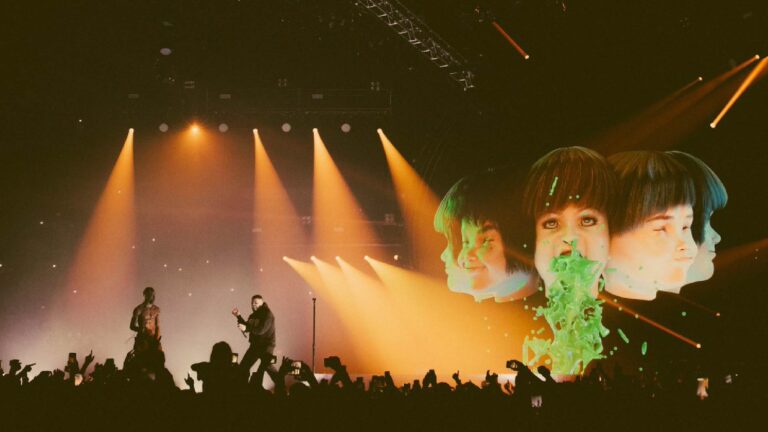
More recently, there was a devastating Travis Scott Astroland festival, where 10 fans died with hundreds injured in 2021– and Travis Scott didn’t stop the concert. Victims were pinned against barriers, and unconscious fans were crowd-surfed out of the mosh pit and dumped into the sea of bodies waiting for the rapper to start performing, ultimately resulting in numerous deaths and injuries. The official cause of death for some of these fans was compression asphyxia, which an expert likened “to being crushed by a car.”
While this writer still enjoys moshing, it must be done safely in order to continue to be fun. At any given show, there may be people who don’t trust the crowd enough to join in– which should be respected. That being said, for those who do engage in mosh pits, there are some guidelines that emerged because of the potential dangers from moshing that everyone must follow in order to have a safe environment, and keep moshing from being banned completely.
No karate in the pit.
Never try to hurt anyone intentionally.
Offer help if necessary.
Be aware of everyone else. Pick people up when they fall. Tell everyone to stop if it gets messy, and similarly, if told to stop, listen.
Don’t wear accessories that could hurt anyone.
Those spiky bracelets are cool, but if they can hurt you, they can hurt others. Leave them behind if they’re too spiky.
Don’t bring loose items into the pit.
Don’t bring anything with you that can fall down and be stomped on. If you find anything on the ground, let everyone know.
Respect the borders.
If they’re not in the pit, they are not involved. Leave them alone and respect the pit’s boundaries and their boundaries.

Punk rock started a new era of music, birthing numerous subgenres that wouldn’t exist without punk. While punk rock scared parents, it gave teens and young adults an outlet to release their rage in a mosh pit. But don’t let the aesthetic confuse you: the goal of punk rock and moshing is never to hurt anybody, but to allow yourself to let go of your everyday worries, and enjoy the trashy music and outrageous clothing.



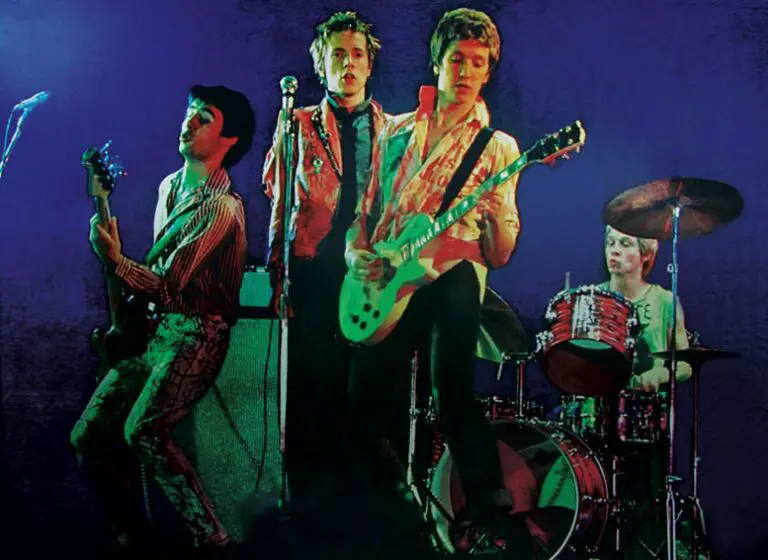
Comments are closed.